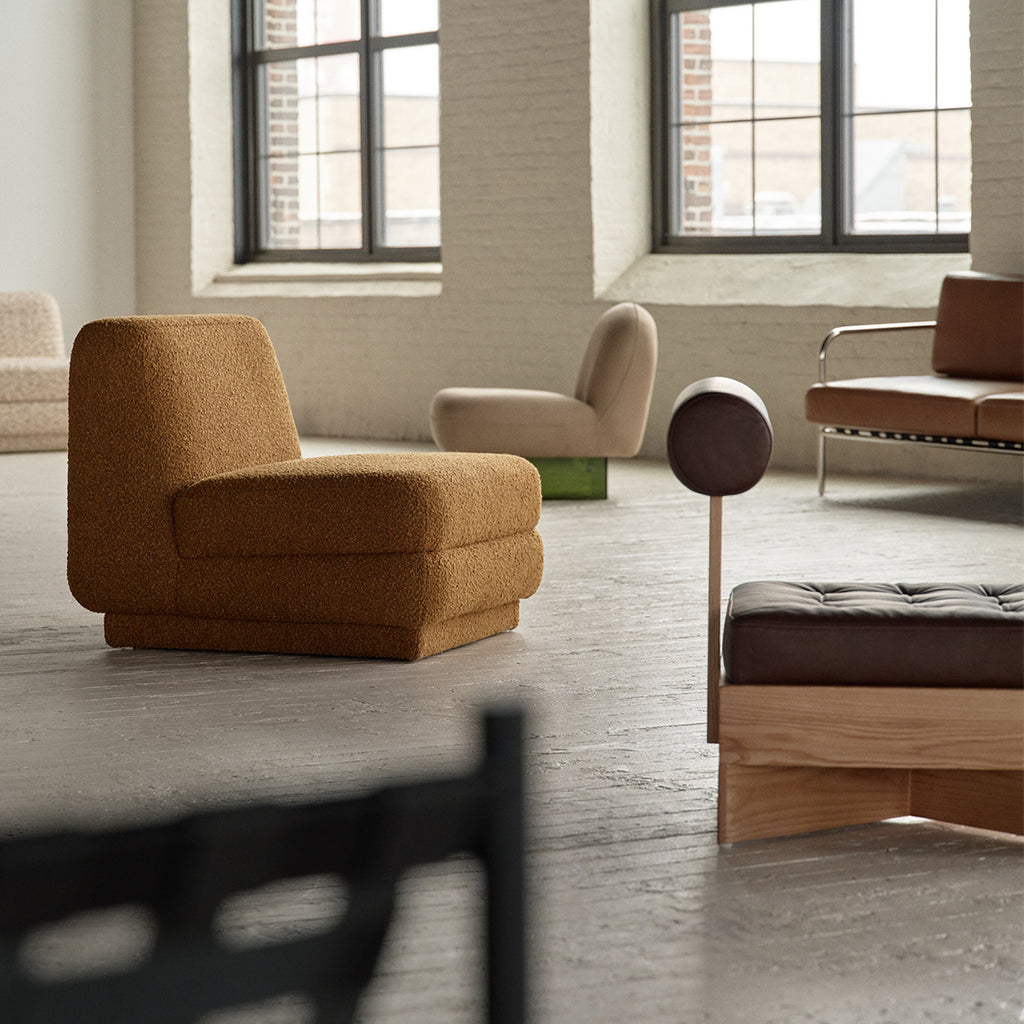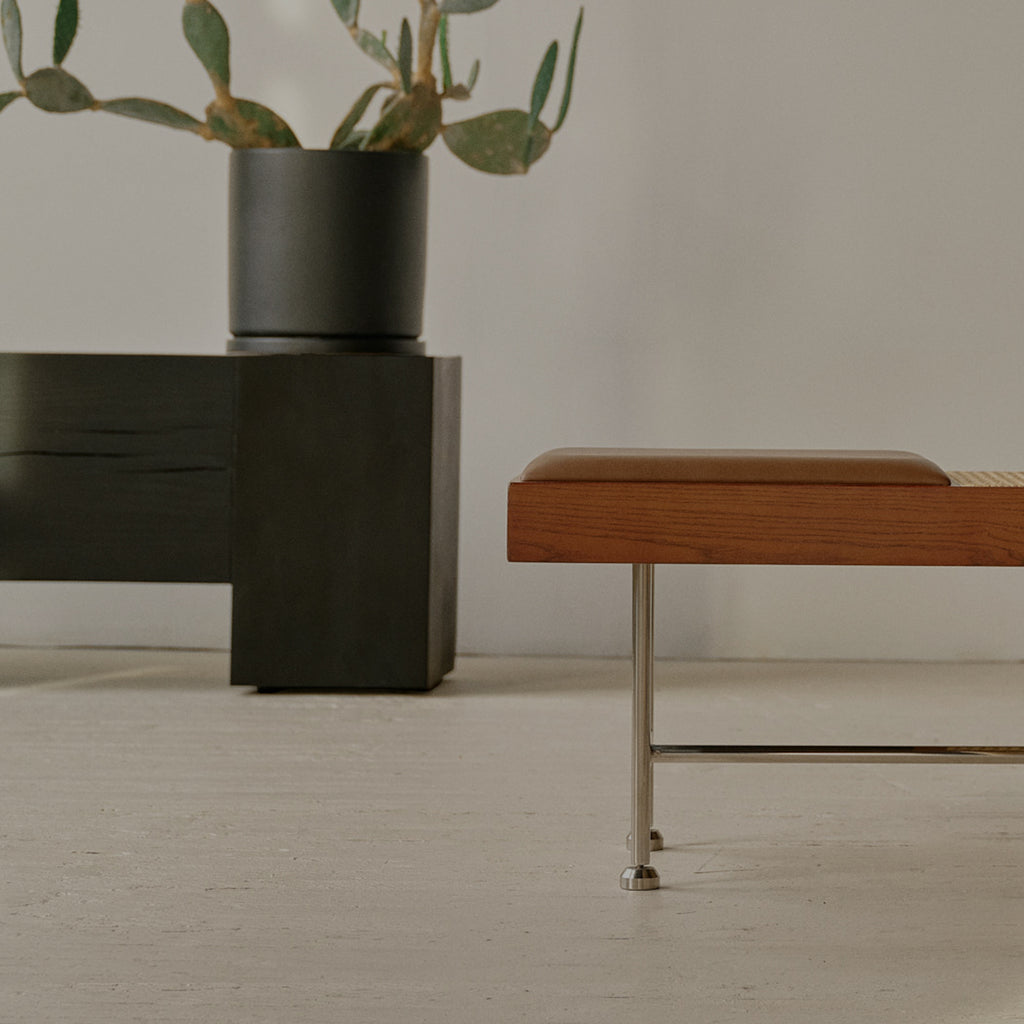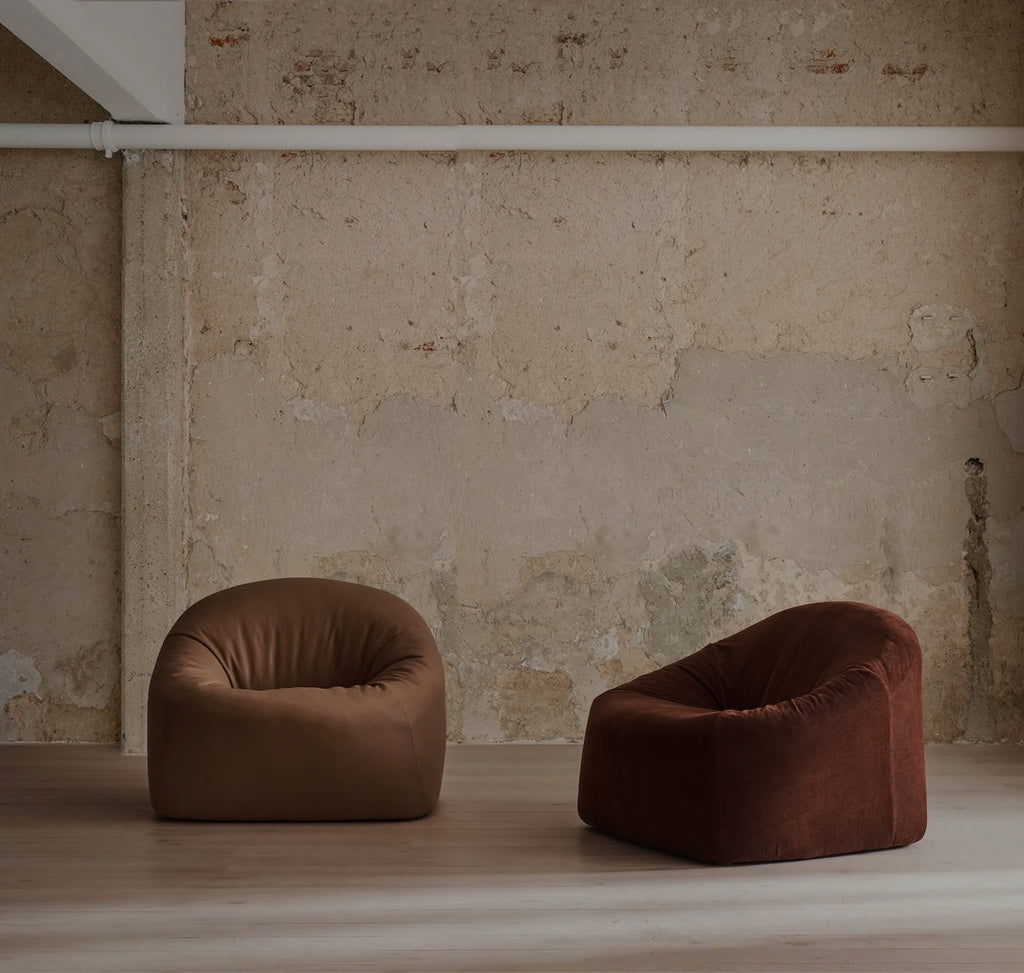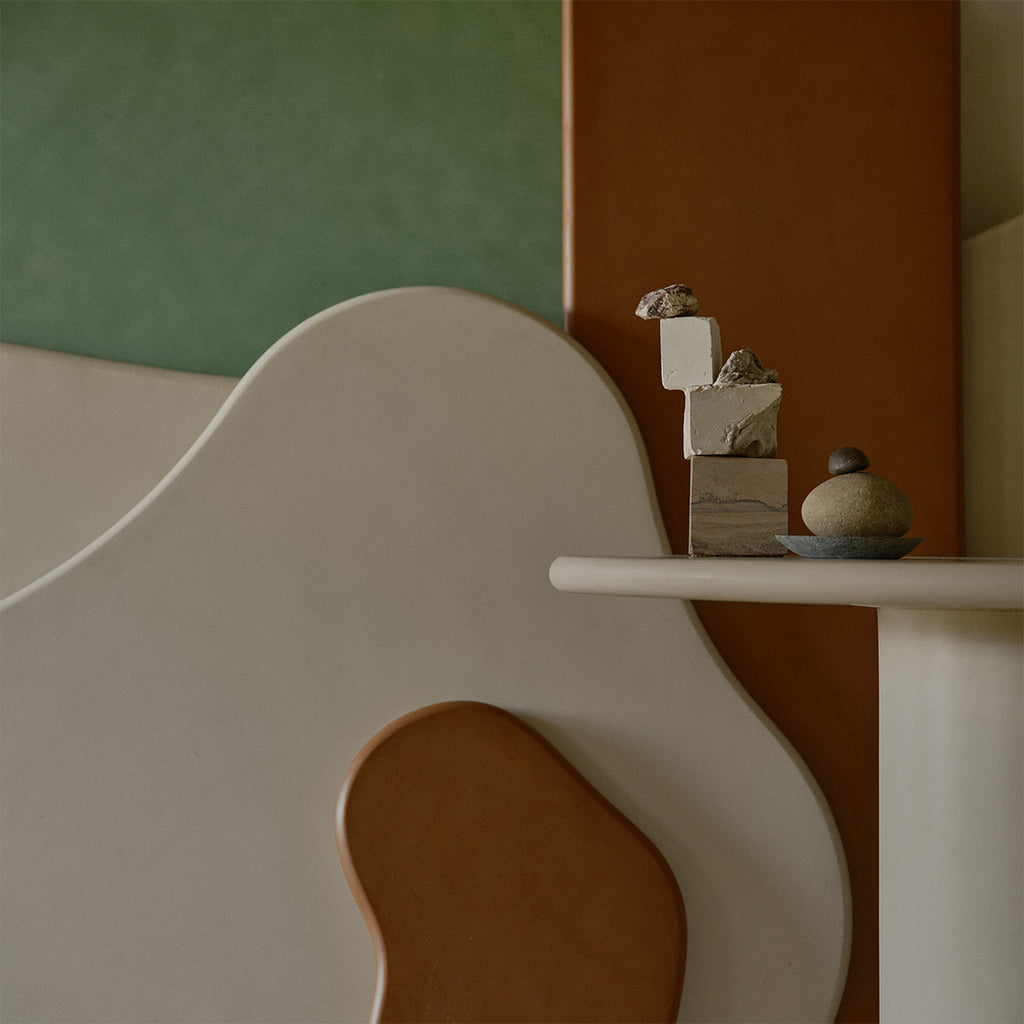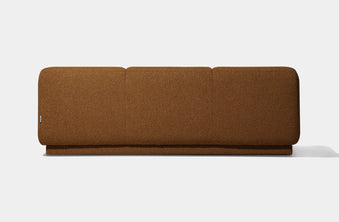09.21.2020
Five Ways To Change The Feel Of Your Home
We hope you enjoy this guest post by interior designer Brendan Flanigan of Brendan Flanigan Interiors, a residential and commercial design firm based in New York. We've partnered with him on the 2020 Hampton Designer Showhouse (which we'll be sharing about soon), but in the meantime here are Brendan's top five tips to change the feel of your home quickly and affordably!

With people spending more time at home than ever, it’s no surprise that many are looking for ways to make their home work better for them. Whether it’s improving function, traffic flow, or refreshing aesthetics, there’s never been a better time for a quick home update. Here are five quick and easy tips to change the feel of your home without breaking the bank!
TIP 1
Modernize Your Home Storage Situation
I’ve found that every client, in every market, needs more storage. It helps a room look composed and neat, and gives the necessary function for any given activity in close proximity—from crafting to research to kids' toys to your six remotes—keeping a room clean allows you to see the beauty of elements you have, the clean lines, and the colors. Storage is always a good thing.
Enter the Cane Wardrobe—it’s shallow enough to let your room breathe but tall enough to house items from work-from-home (WFH) desk contents, to supplies and materials in easy reach. This piece is visually light, far from the armoire of yesterday (we all remember those three-foot-deep beasts). It’s deep enough to function, and the curve gives an architectural element in simple rooms and apartments that need it.


TIP 2
Perimeter Pull
Look around—is your furniture pushed up against all the perimeter walls? Pull at least one piece in for a quaint conversational feel. It will define the space, bring your eye to an inviting focal point, and create some negative space behind the piece you’ve pulled away from the wall.
Every room needs negative space to feel grounded, and natural and give the eye a place to rest, so one can fully take in the attractive elements in the room.
TIP 3
Palette Play
Think about your space—do you start with two colors or three? And continue to shop with them? Try this: Keep your original color palette for most of the project, but ditch them toward the end. Add inventive color, or even neutrals (remember, neutrals are grey, greige, light muslin, parchment tones, white and black. Yes, black is a neutral!).
In unexpected places, these “un-colors” can add as much to a space as their more saturated counterparts, like turquoise, navy, and chartreuse. If you go with powerful colors, limit their quantity for impact, so they stand alone.

TIP 4
Take a Risk and Buy Something You Never Would
You’ll be surprised how something unexpected can work. A designer can envision this, but you can emulate it with trial and error, too.
I grew up with six siblings, three of whom are girls. After a childhood tenure in giving my opinion on their retail finds, I learned that you must try something on you’d never think would look good, or you’ll always be wearing the same thing. That goes for your interiors and furnishings picks as well. Step outside your comfort zone to find your mojo; a little trial and error won’t hurt and if you get stuck you can always get interior insight from a professional. But trying a color or texture or size you never would, can help you find what works in a space.


TIP 5
Art—Play with Place and Size
Put your artwork on surfaces, and sideboards, and cluster it for character and juxtaposition. Also, use smaller art on some walls to add drama, and use larger art on other walls. Artwork is like wall covering you can keep—and take with you. Invest in pieces you love, and if it’s over your budget, ask a gallery or artist to lay one away.
You’d be surprised how often an emerging artist will work with you. A favorite hack of mine is to put art on the floor, leaning against the wall. It covers outlets and cords, and brings the eye down, which can actually give a gallery feel and adds to the perceived dimension of the room.

